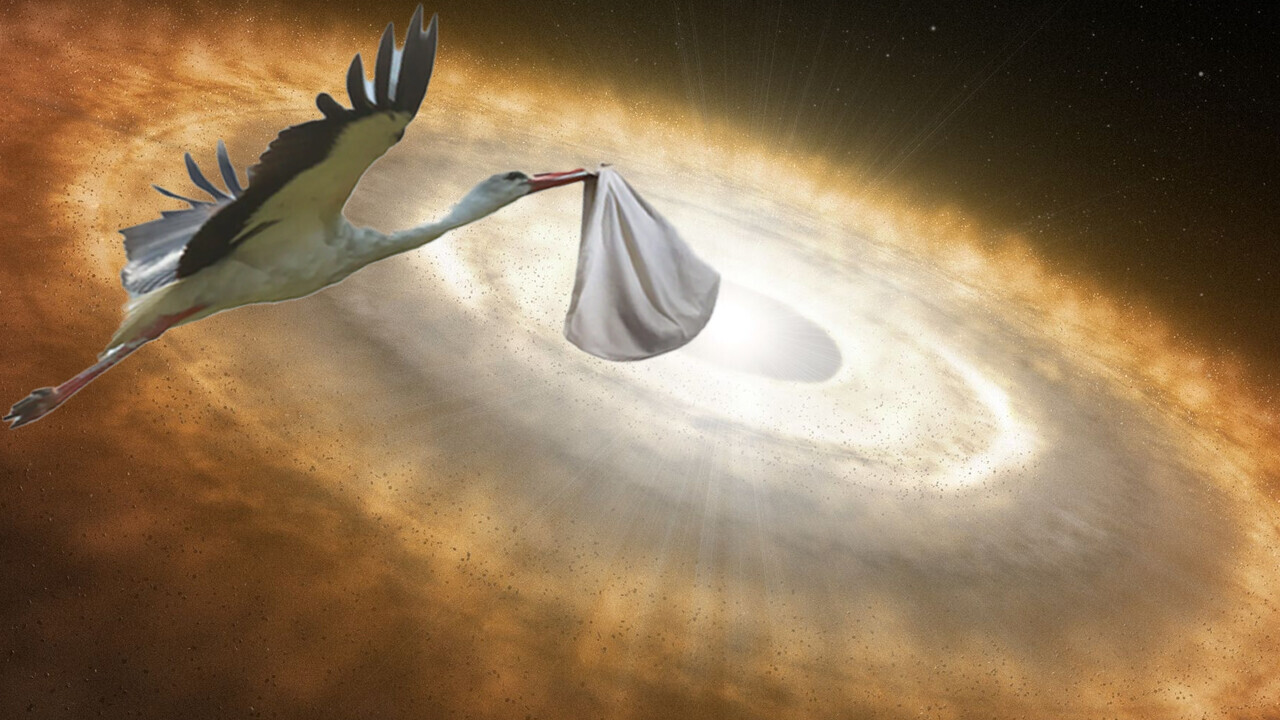All Articles for
Protoplanets
Protoplanets are large planetary embryos that originate within protoplanetary discs and have undergone internal melting to produce differentiated interiors. They are believed to form out of kilometer-sized planetesimals that attract each other gravitationally and collide. According to planet-formation theory, protoplanets perturb each other's orbits slightly and thus collide to gradually form the dominant planets. In the case of the Solar System it is thought that the collisions of planetesimals created a few hundred planetary embryos. Such embryos were similar to Ceres and Pluto with masses of about 1022 to 1023 kg and were a few thousand kilometers in diameter. Over the course of hundreds of millions of years, they collided with one another. The exact sequence whereby planetary embryos collided to assemble the planets is not known, but it is thought that initial collisions would have replaced the first "generation" of embryos with a second generation consisting of fewer but larger embryos. These in their turn would have collided to create a third generation of fewer but even larger embryos. Eventually only a handful of embryos were left, which collided to complete the assembly of the planets proper. Early protoplanets had more radioactive elements, the quantity of which has been reduced over time due to radioactive decay. Heating due to radioactivity, impact, and gravitational pressure melted parts of protoplanets as they grew toward being planets. In melted zones their heavier elements sank to the center, while lighter elements rose to the surface. Such a process is known as planetary differentiation. The composition of some meteorites show that differentiation took place in some asteroids. The giant impact hypothesis proposes that Earth's Moon formed from a colossal impact of a hypothetical protoplanet, named Theia, with Earth, early in the Solar System's history. In the inner Solar System, the three protoplanets to survive more-or-less intact are the asteroids 1 Ceres, 2 Pallas, and 4 Vesta. The asteroid 21 Lutetia has also shown characteristics that resemble a protoplanet. Kuiper-belt dwarf planets have also been referred to as protoplanets. Because iron meteorites have been found on Earth, it is deemed likely that there once were other metal-cored protoplanets in the asteroid belt that since have been disrupted and that are the source of these meteorites. In February 2013 astronomers made the first direct observation of a protoplanet forming in a disk of gas and dust around a distant star.
